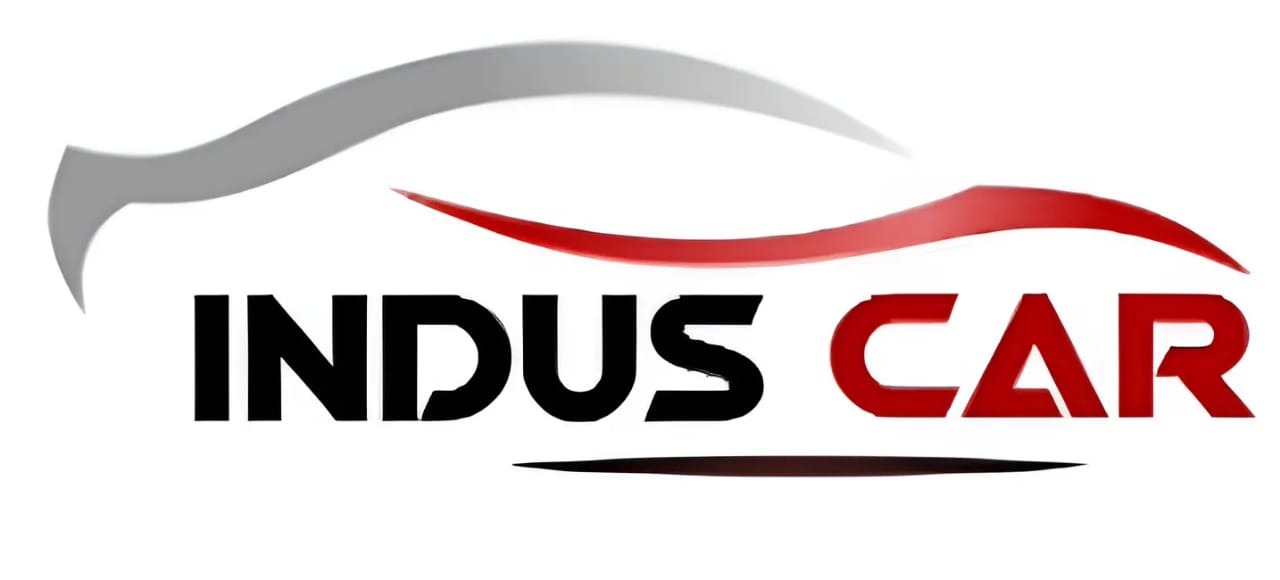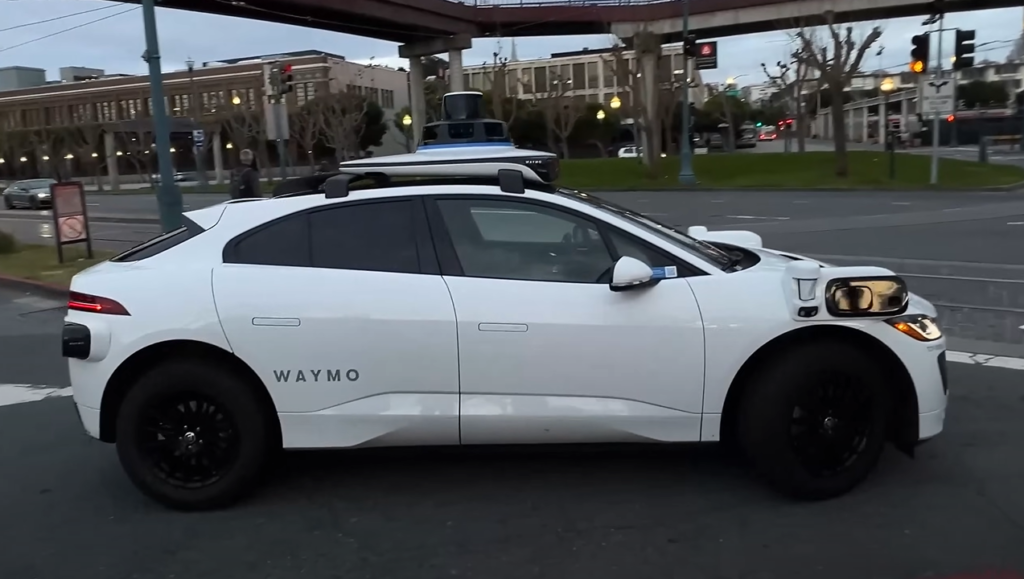Pony.ai is a leading player in the field of autonomous vehicles, with its robotaxi fleet now operational in multiple cities across China, and its expansion plans reaching new heights. This exciting development is taking the company to Hong Kong, marking a significant milestone in its journey to revolutionize the way we think about transportation. In this article, we’ll explore the latest moves from Pony.ai, the company’s growth in the autonomous vehicle industry, and the potential for its innovative technology to change the landscape of urban transportation globally.
Table of Contents
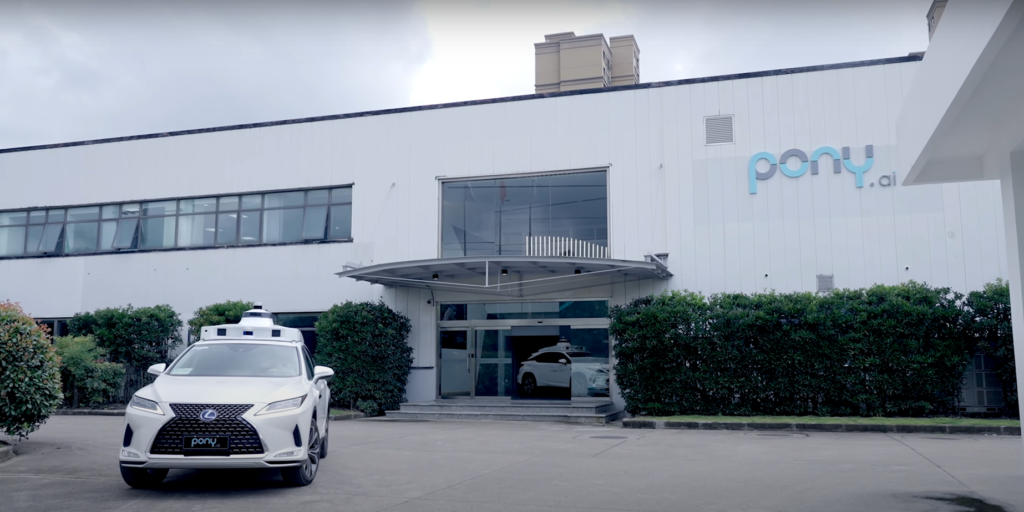
Pony.ai’s Growing Presence in Autonomous Mobility
Founded in 2016, Pony.ai is rapidly gaining a reputation as one of the pioneers in autonomous vehicle technology. The company has already made a mark in various parts of the world, with operations in major cities across China, as well as expanding into markets in Europe, East Asia, and the Middle East. It has become one of the first companies to successfully operate fully driverless vehicles in Tier-1 cities like Beijing, Guangzhou, Shanghai, and Shenzhen, making it one of the leaders in the field of autonomous mobility.
Pony.ai’s impressive growth is largely due to its advanced virtual driver technology, which is a full-stack autonomous driving system that integrates proprietary software, hardware, and services. This platform has been designed to work with a variety of vehicles, enabling the mass production and deployment of autonomous vehicles across different transportation use cases. With its comprehensive approach, Pony.ai is well on its way to becoming a major force in the autonomous transportation industry, providing safe, efficient, and innovative solutions for cities worldwide.
Expanding Into Hong Kong: A New Frontier for Pony.ai
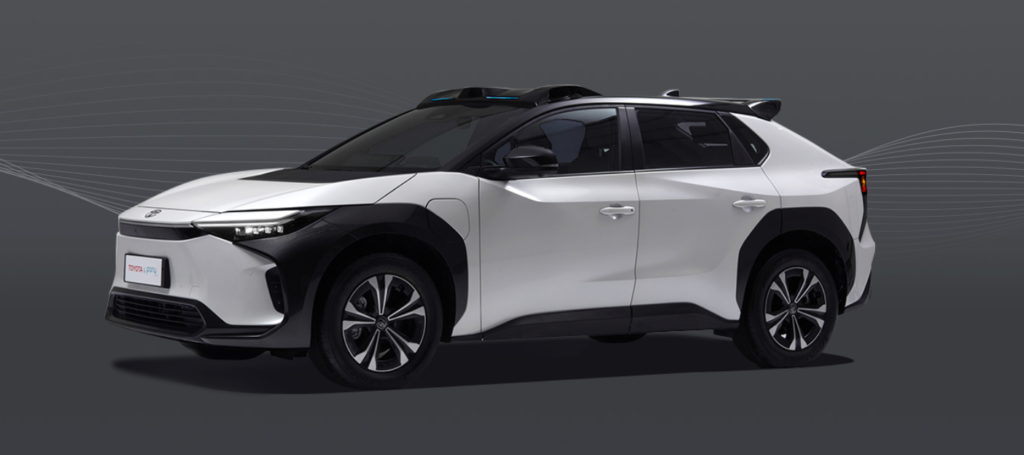
Pony.ai is now turning its focus toward Hong Kong, one of the most densely populated cities in the world. This move is part of the company’s broader strategy to expand its footprint in urban environments, where autonomous vehicles could help alleviate traffic congestion and improve overall mobility. Hong Kong, with its unique driving challenges, presents a new opportunity for Pony.ai to showcase the capabilities of its autonomous vehicle technology.
One of the primary areas where Pony.ai plans to operate in Hong Kong is the Hong Kong International Airport (HKIA). The company will initially offer autonomous robotaxi services for airport employees, providing a shuttle service between key locations around the airport. This pilot project will allow Pony.ai to test its vehicles in the complex and dynamic environment of an airport, which has unique challenges such as managing traffic around terminals, restricted zones, and navigating busy routes in a time-sensitive environment.
But the company’s plans don’t stop there. Pony.ai aims to expand its services beyond the airport and into the streets of urban Hong Kong. The company’s robots will need to navigate the highly complex traffic system of the city, which includes left-side driving, dense traffic, and various unique intersections. These challenges will test the limits of Pony.ai’s autonomous technology and help refine its system for use in other urban areas around the world.
The Road to Large-Scale Commercialization: Achievements and Milestones
As of now, Pony.ai is already providing autonomous robotaxi services at some of the busiest airports in China, including Beijing Daxing International Airport and Guangzhou Baiyun International Airport. These operations serve as critical hubs in the company’s effort to demonstrate the viability of autonomous vehicles in real-world, high-traffic environments.
In addition to its airport operations, Pony.ai has made significant progress in offering robotaxi services on public roads. In cities like Beijing, Guangzhou, and Shenzhen, the company has been able to offer fully driverless, fare-charging robotaxi rides to passengers, setting a new standard for the autonomous vehicle industry. In fact, the company reached a significant milestone in the first half of 2024, when its robotaxis received more than 15 daily orders on average per vehicle, indicating a growing demand for these services.
This progress is a clear indicator that the autonomous vehicle sector is on the cusp of large-scale commercialization. Pony.ai’s efforts to push forward with its robotaxi services reflect the company’s commitment to providing safe, reliable, and convenient transportation options for urban populations. While there are still challenges ahead, the company’s growing presence in key cities around the world is a testament to the rapid advancements being made in autonomous technology.
Cross-City Autonomous Vehicle Services: A Major Milestone
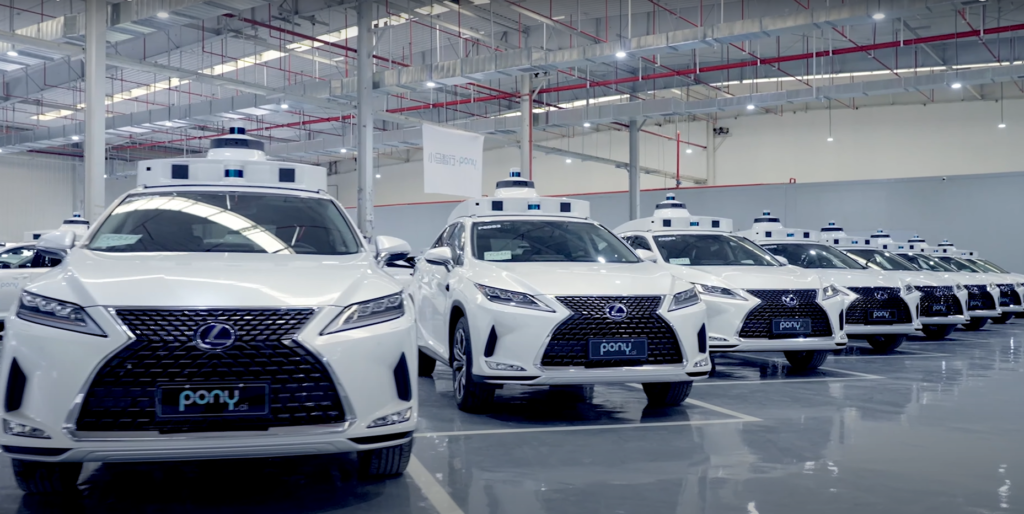
In December 2024, Pony.ai made headlines by becoming one of the first companies in China to receive mutual recognition qualification for operating cross-regional autonomous robotaxi services. This qualification allows Pony.ai to operate autonomous vehicles seamlessly across different cities in the Guangdong-Hong Kong-Macao Greater Bay Area. This region, which includes major cities like Guangzhou, Shenzhen, and Hong Kong, represents a major opportunity for the company to expand its robotaxi operations and connect key locations such as airports and high-speed rail stations.
The integration of autonomous vehicle services across cities in the Greater Bay Area will make transportation more efficient for local residents. The availability of cross-city robotaxi services will provide people with a more convenient way to travel, especially in highly congested urban areas where traditional taxi services often struggle to keep up with demand. As Pony.ai expands its services to include these cross-city routes, the company is setting the stage for a new era of interconnected, autonomous urban transportation.
A Strategic Partnership: Pony.ai and GAC AION
In a move that further solidifies its position in the autonomous vehicle market, Pony.ai recently announced a partnership with GAC AION, the new energy vehicle (NEV) division of Chinese auto giant GAC. The two companies are collaborating to develop a mass-produced robotaxi model, which will be equipped with Pony.ai’s 7th generation autonomous driving system.
The collaboration aims to produce over 1,000 robotaxis, with the first batch expected to be delivered in 2025. This partnership is a significant step forward for Pony.ai, as it brings together the company’s cutting-edge autonomous driving technology and GAC AION’s expertise in electric vehicles (EVs). The robotaxis developed through this collaboration will be designed with efficiency, comfort, and convenience in mind, ensuring that customers receive the highest-quality transportation experience.
By leveraging GAC AION’s global vehicle production capabilities and Pony.ai’s autonomous driving technology, the partnership aims to accelerate the deployment of robotaxis on a large scale. This mass-market approach could significantly reduce the cost of operating autonomous vehicles, making robotaxis more accessible to a broader range of consumers.
The Future of Autonomous Vehicle Transportation
As the autonomous vehicle industry continues to evolve, Pony.ai is at the forefront of shaping its future. The company’s innovative technology and strategic partnerships are helping pave the way for widespread adoption of robotaxis in urban areas. With the launch of services in cities like Hong Kong, Pony.ai is pushing the boundaries of what’s possible in the world of transportation, proving that autonomous vehicles can play a key role in addressing the transportation challenges of the future.
While there are still hurdles to overcome—such as regulatory approval, public acceptance, and the ongoing development of autonomous driving technology—Pony.ai is well-positioned to be a major player in the global autonomous vehicle market. Its growing fleet of robotaxis, coupled with its expanding network of operational cities, signals a bright future for the company and the autonomous vehicle industry as a whole.
Looking ahead, the potential for autonomous vehicles to transform the way we live and move around cities is vast. Whether it’s reducing traffic congestion, improving road safety, or providing more affordable transportation options, autonomous robotaxis like those developed by Pony.ai have the power to change the urban mobility landscape for the better.
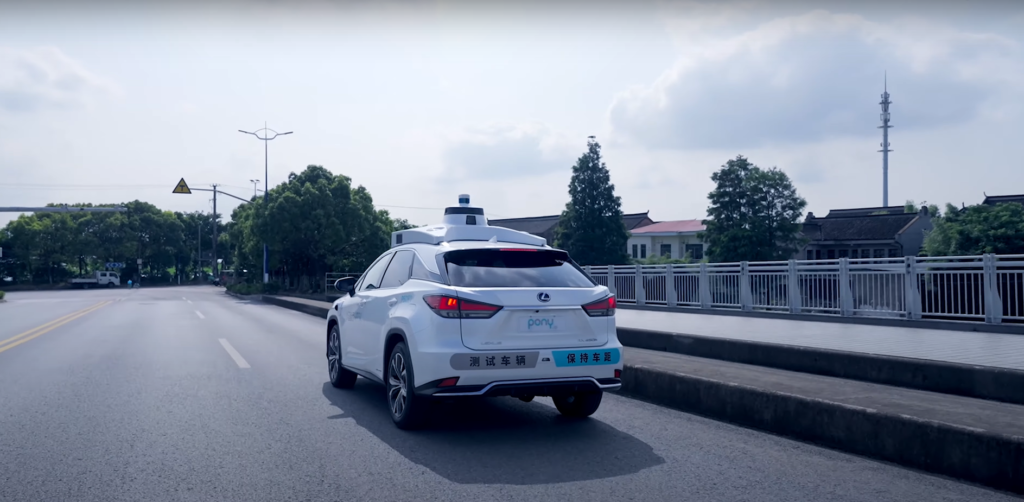
Conclusion: Pony.ai’s Path to Global Impact
Pony.ai’s expansion into Hong Kong, along with its growing global presence, is a testament to the company’s success and ambition in the autonomous vehicle space. From operating in major airports to developing strategic partnerships, Pony.ai is making significant strides toward the large-scale commercialization of autonomous robotaxis. With its cutting-edge technology and bold vision for the future of transportation, Pony.ai is positioning itself as a global leader in the field of autonomous mobility, and its journey has only just begun.
As cities around the world embrace the potential of autonomous vehicles, Pony.ai’s commitment to safety, efficiency, and innovation will likely continue to drive its success. For those who may one day find themselves riding in a Pony.ai robotaxi, whether in Hong Kong or beyond, it will be a ride into the future of urban transportation.
FAQs
1. What is Pony.ai’s unique approach to autonomous vehicle technology?
Pony.ai integrates a full-stack autonomous driving system with proprietary software, hardware, and services to enable seamless operations across diverse urban environments.
2. How does Pony.ai plan to operate in Hong Kong?
Pony.ai is launching autonomous robotaxi services at Hong Kong International Airport and aims to expand into urban areas to alleviate congestion and improve mobility.
3. What milestone has Pony.ai achieved in cross-city autonomous vehicle services?
Pony.ai is among the first companies in China to receive mutual recognition qualification for cross-regional robotaxi operations in the Greater Bay Area.
4. What is Pony.ai’s collaboration with GAC AION about?
Pony.ai and GAC AION are developing over 1,000 mass-produced robotaxis equipped with the 7th-generation autonomous driving system, expected to launch in 2025.
5. What challenges does Pony.ai face in expanding its autonomous vehicle services?
Pony.ai must address regulatory hurdles, public acceptance, and ongoing advancements in technology to ensure safe and efficient autonomous operations.
